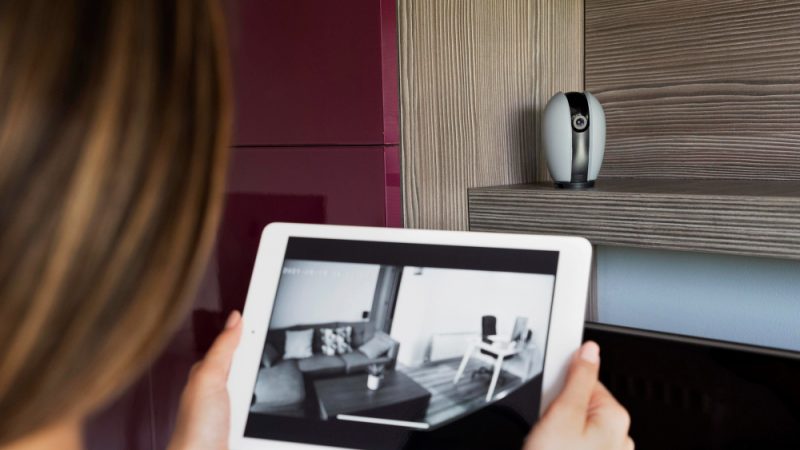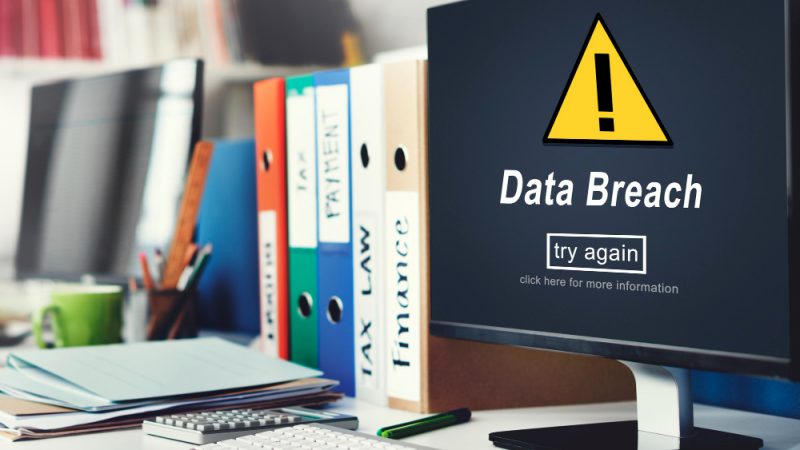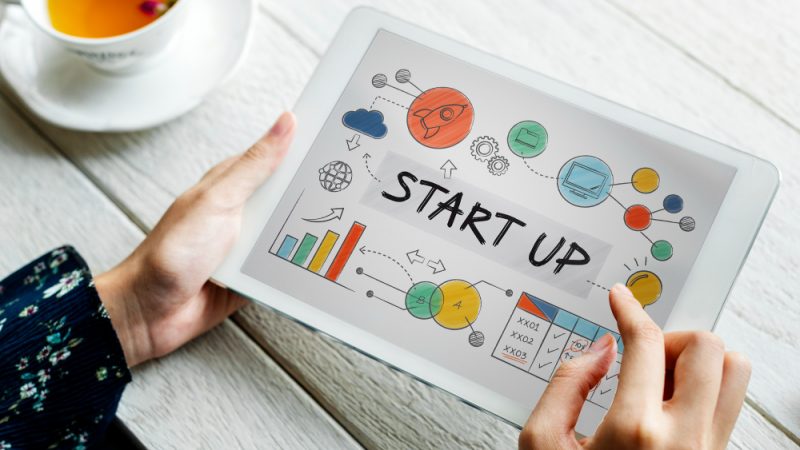How to Record a Podcast?

Thinking of starting a podcast and can’t figure out what are the best ways to record a live podcast?
For many of us, Podcasts are all-time favorites to get updates on current affairs. You can squeeze out more content compared to reading a blog post. While every podcaster encourages you to get in the game, creating a professional environment for your audience isn’t as simple as a walk in the walk.
It requires planning, research, and the right set of equipment. In this post, we’re going to cover every step related to podcast recording and some basic tools that are required along the way.
Research and Planning
To get started, the first thing that you want to do is to make a plan for your audience. Ask yourself some basic questions like:
- What audience do you want to target?
- What is the majority of your audience’s age?
- What are their interests?
- Are they struggling with something in life? How can I solve it?
You can use the good old fashion Keyword research techniques to get the best answer and ultimately come up with a plan.
Script the Episode
Scripting a detailed episode always helps to progress your content. You can always go on with the flow, but it’s not recommended since most people don’t like extra talking.
If you can’t make a script, just make some headlines of all the things that you want to elaborate on in the podcast. And remember, the most important thing is to feel comfortable when you’re recording audio for podcasts. As long as you don’t panic, your mind will automatically make up the best content structure.
What equipment do you need to record a podcast?
There’s a budget for every new startup. Having said this, we’re only liming to specified equipment that is mandatory for your podcast recording.
Microphone
This is the core equipment of your podcasting journey. There are tons of Microphones available on the internet for your every budget. Each one of these has specified build quality, design, connection, and audio-feedback.
Some Microphones also comes with a digital recording kit. This tool helps you tweak around with your voice through hardware. But for a more budget-friendly approach, you can cover this in the software section.
Laptop
A laptop is the most essential equipment you need to get in the podcasting business. It acts like a bridge that connects everything and makes your podcasting functional. From broadcasting live to handling the audio via software – Everything’s include in a laptop. So if you don’t own a laptop, buy one right away. You can also check the list of best laptop for podcasting at https://laptopsstudio.com/best-laptops-for-podcasting/.
Software
The final ingredient in the game is the sound editing software. For now, we will use free podcast recording software. If you’re a complete newbie, download Audacity. It’s a very basic free software that allows you to edit audio packages.
How to record a live podcast
Now that we have covered the core of podcasting, here are some common threads that are worth your consideration.
-
Set the Recording environment
Most podcasters don’t consider this point and end up losing the audience day by day. If you solely rely on audio podcasting, then you have to set up a clean and noise-free environment.
Make sure that the recording space is packed. Most production houses use a large corridor for recording and later on edit it in the software. Since we are limited on supplies, a compact room will do the job.
Quick Tip: Record your podcast when you have the lowest noise in your space – Preferably in the mornings.
-
Learn the art of better Microphone adjustment
Regardless of the microphone you have, it needs to be adjusted in the right position to get the maximum outcome. Your microphone should be aligned with your mouth. Make sure that it has enough space in-between so your hand can easily fit in the space. An unbalanced microphone can cause a high-pitch sound to your podcasting.
Lastly, control your breathing in-front of the mic. Most people don’t like breathing noises or distractions like coughing, sneezing, etc. If you’re not feeling well, just shift the recording to another session.
-
Learn the basics of the Software
Editing software can lead you to a lot of confusion, especially if you’re a seasoned podcaster. The dials and colorful gauges are not up to the mark for everyone.
Whatever software you have, we’re sure that you can find extensive documentation on the internet. This includes PDF books, YouTube videos, and informational blogs. Regardless of the software, you can find these 2 functionalities common in every software.
- Gain: Helps control the volume and mix the process of audio
- Monitoring: Helps control the level of different jaunts in real-time
If you’re a newbie podcaster and need software with a clear and straightforward interface, we recommend you try FREE recording and editing software Podcastle. It allows you to record studio-quality audio and edit it easily with a few taps.
Best ways to record a podcast
Here are some tips that help you record the best podcasting session.
Dummy Start
Always start with a dummy voice check and go through all the points you have mentioned in the script. This is an effective way to broaden out any issue if you have in your podcasting system.
Create an Intro and Outro
A well-thought-out intro and outro always increase your brand awareness. If you’re planning to mark your name in podcasting, get yourself both of these.
Pause and Play
Don’t rush the topic and use a series of pause and play. This is an excellent way to give yourself some prime time and eliminate redundancy.
Stay motivated
The last tip for better podcast recording is to stay motivated. Just be yourself when you’re speaking. Don’t fake a certain tone or accent just for the sake of the audience. Make a verbal note of all the mistakes you do and later edit them out.
Wrapping it up!
Now that you have learned how to record a podcast, just get on with it and start your production. There are a lot of other things that you can do to improve your podcasting experience. Once you achieve your first goal, target the next one.






